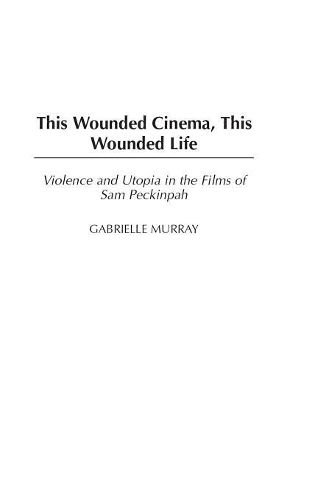
This Wounded Cinema, This Wounded Life: Violence and Utopia in the Films of Sam Peckinpah
(Hardback)
Publishing Details
This Wounded Cinema, This Wounded Life: Violence and Utopia in the Films of Sam Peckinpah
By (Author) Gabrielle M. Murray
Bloomsbury Publishing PLC
Praeger Publishers Inc
30th August 2004
United States
Classifications
General
Non Fiction
791.430233092
Physical Properties
Hardback
176
Description
Film scholarship has largely failed to address the complex and paradoxical nature of the films of Sam Peckinpah, focusing primarily on the violence of movies such as The Wild Bunch and Straw Dogs while ignoring the poetry and gentility of lesser-known pictures including The Ballad of Cable Hogue and Junior Bonner. Serving as a necessary corrective, Gabrielle Murray's This Wounded Cinema, This Wounded Life: Violence and Utopia in the Films of Sam Peckinpah offers a better understanding of the work of this landmark director through close readings of both his famous and less-famous works. Placing them in their proper contextboth aesthetically and mythologicallyMurray eschews the usual debates about screen violence to discover the ways in which Peckinpah's films provide intense, kinetic explorations of life and death. Amid the often-discussed bloodshed, this bold new study comes to find the complicated utopian impulse that exists at the heart of even Peckinpah's most violent work.
Author Bio
GABRIELLE MURRAY is a Lecturer in the Cinema Studies program at La Trobe University in Australia. She has published in several journals and edited anthologies, including Stars in Our Eyes: The Star Phenomenon and the Contemporary Era (Greenwood, 2002).
